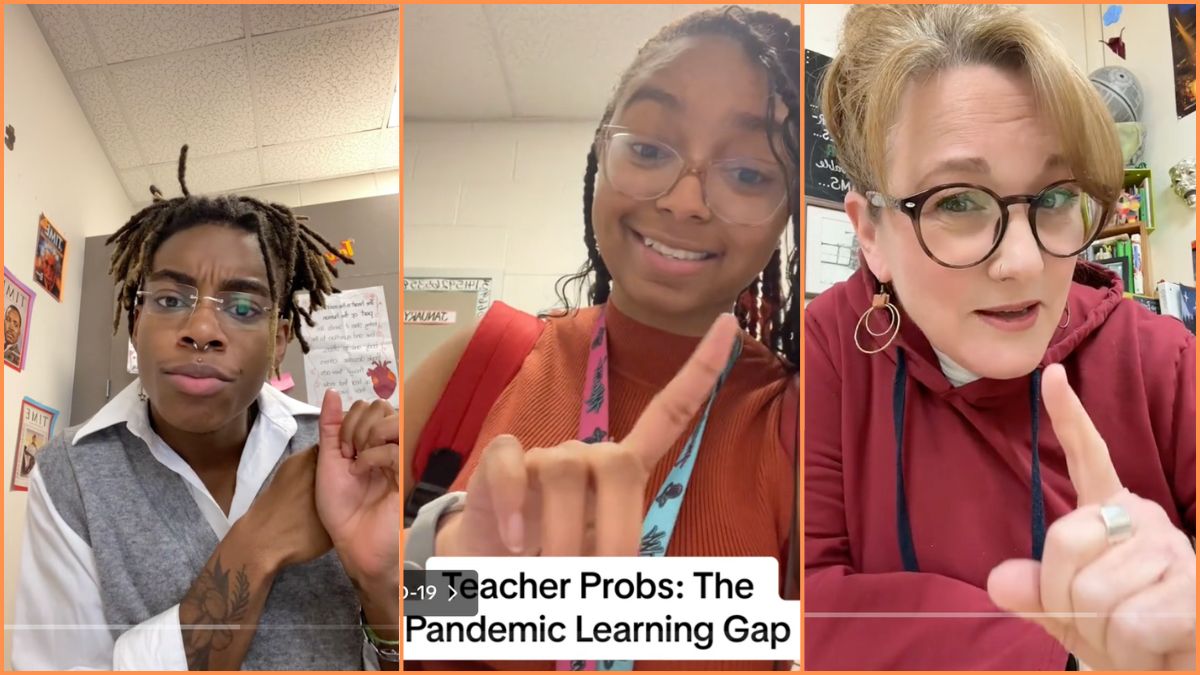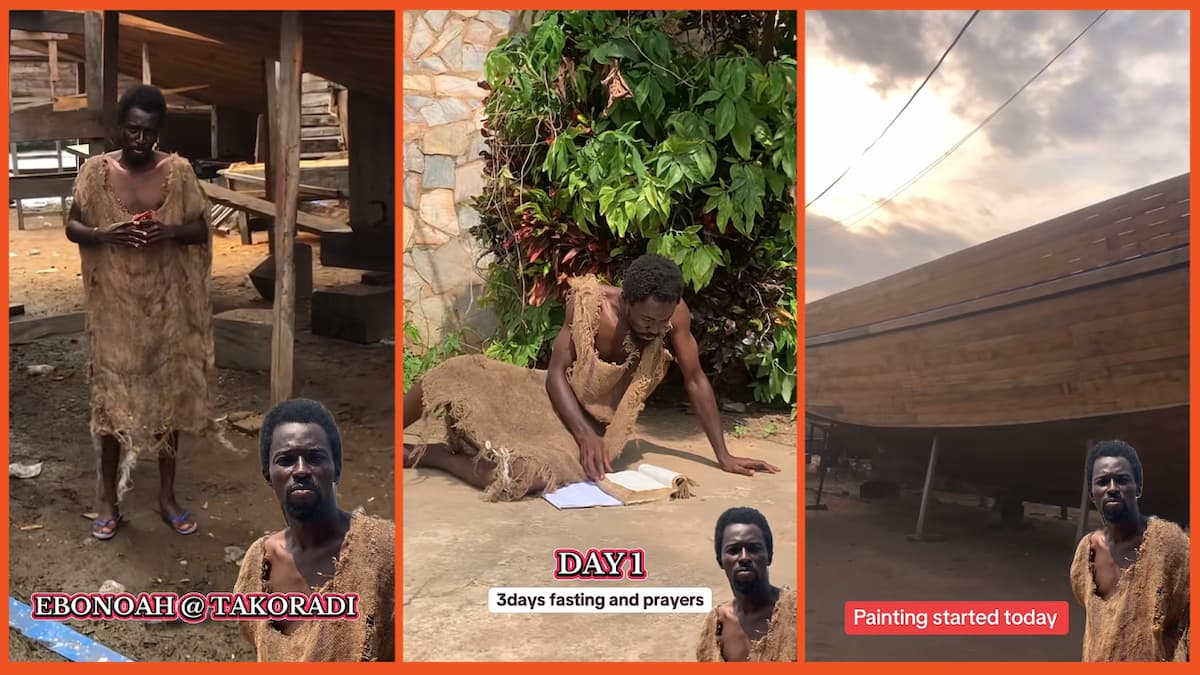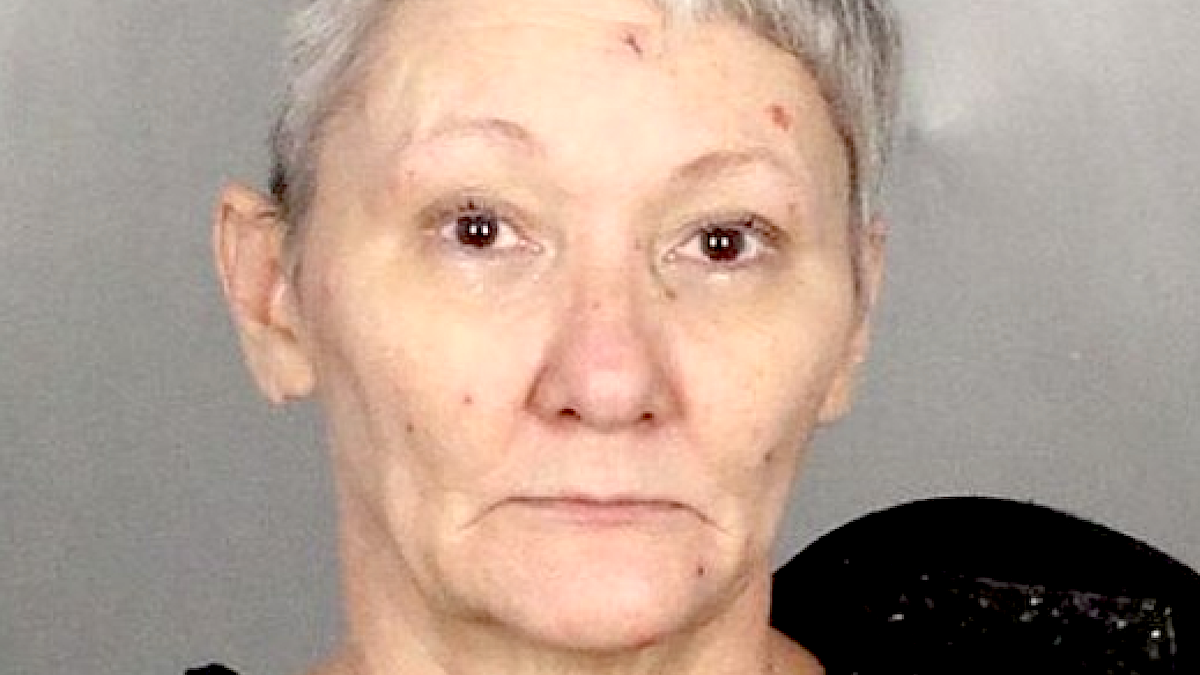When the COVID-19 pandemic shut down life as we knew it, a few things happened that were to be expected: masks needed to be worn, social plans drew to a halt, workplaces went to hybrid or from-home forces, and schools shut their doors and went to online learning experiences, and all of our adjustings had to happen very quickly.
While a sense of “normalcy” has begun tiptoeing back in the years after the height of the pandemic, we’re only just seeing some of the effects we couldn’t have planned for or addressed until they were happening. One of the pandemic’s biggest impacts is on children in education.
Teachers are taking to TikTok to share the various ways that their students have been impacted by not just COVID, but a realm of administrative systems and rules that aren’t putting the needs of the children first.
One way this is happening in schools across the country is the method where kids are being “moved along” without mastering the grade before them, something that COVID played a significant hand in, as school years were cut short at a critical time in the learning process.
“We are teaching skyscraper classes to students that have only built one story houses.”
The amount of comments that mirror the idea that students must be pushed forward despite a lack of understanding and comprehension is scary. It’s not just something that affects children and their parents, either. The kids who are going through elementary, middle, and high school today will become adults in the workforce in the coming years; they’ll impact society as we all do, and if they’re fundamentally unprepared, they’ll be faced with more emotional and social struggles than we can even imagine.

Teachers desperately want to give their kids a chance, but it appears that in some cases, other pieces of the education equation take precedence, and they’re often the wrong ones.

Children of all ages are being impacted in ways that teachers were taught to prepare for, but also in ways they never expected. A teacher named Ms. Gibson notes that her seniors are less prepared than ever before to leave high school, and this isn’t just in test scores or grade book notes. Gibsons says that the kids almost shut down when the idea of graduation and moving on to the next stage of life is mentioned.
The truth is that seniors feel unprepared, and we can’t blame them. It’s been years since they had a “normal” school year, and it doesn’t matter how old the students were when that happened; each student in each grade has missed fundamental pieces of their educational journey due to the pandemic.

This comment broke my heart; we’re all told that high school is supposed to be composed of the best years of our lives, and this student isn’t sure what tomorrow looks like if what they’re experiencing now is considered “the best.”

Of course, now that we’re many years past high school, we know that those years were good, but we’d never call them the “best years of our lives,” and I only wish I could tell that to them; the future gets brighter, and the best years are yet to come. However, that’s not an emotion they’re feeling.

This educator has a great idea regarding small steps that can be taken to make children feel like the classroom they’re in is as welcoming to them as it is ready to provide them with a place to learn. Following the rules is essential, and setting a standard is important, but something more pressing and non-negligible than that? Giving children grace.
I know I’m not the only one who occasionally wakes up on the wrong side of the bed. You know what I’m talking about, that can’t get into a groove feeling where everything for the whole day feels off — if just by a few inches. It’s being moody without knowing why, being aggravated by everything, and feeling uncomfortable in your own skin. I know that on those days, I need grace the most.
Shouldn’t we ensure that our kids are given that same space, even in education? We know that a set of standards and rules (as mentioned above) is necessary in raising children, but a space for them to have a bad hour, class period, or afternoon is too.

Some teachers say they focus on core rules but let some things slide in their classroom, which works for them.

Calling it a case of pick your battles certainly applies, but it could also be seen as simply allowing children to come to you as they are (within reason) and giving them space to say that they forgot their pencil or they ran a few seconds late due to needing to go to the restroom or just being a little off their game.

Many educators and parents echoed the same sentiments in the comment section; as adults, we need to be met with grace, so why wouldn’t our children?
Forbes reports that research from the U.K. has discovered that closing the education gap could take up to a decade, and many of our children will be out of the school system by then. This means that each year in school, they will continue experiencing a gap in education, and it doesn’t take a rocket scientist to know what happens to a break that is left unattended; it either continues breaking down or heals improperly.
Some instructors believe that blaming COVID is the wrong avenue here, and that there’s been a disconnect in education for many years. Still, you must acknowledge that COVID caused those issues to continue growing and expanding more rapidly.
A teacher named Rachel breaks this down in a way that forces urgency from anyone who hears it; our children aren’t moving forward in grade levels as prepared as they should be, and that is devastating,
“We know that kids are behind because of COVID. And that’s pretty much universally true, but y’all — it is not just COVID. We have been doing a disservice to kids academically and socially emotionally/executive functioning-wise for decades. The 2019 NAPE scores, which are considered the Nation’s Report Card showed that more than 50% of kids in fourth grade and eighth grade are below proficient in reading and math. There are so many reasons for this. It is systematic from the top to the bottom.”
Another impact that the pandemic had on education was through finances in the family systems the students belong to. Job loss was a significant component of the shutdown that happened due to COVID-19, and a teacher at a Title 1 school highlights that being eligible for free or reduced breakfast and lunch can come with implications that change the experience for children altogether.
Title 1 schools, as reported by the U.S. Department of Education, are “schools in which children from low-income families make up at least 40 percent of enrollment are eligible to use Title I funds to operate schoolwide programs that serve all children in the school in order to raise the achievement of the lowest-achieving students.”
Teachers at Title 1 schools flooded Erin’s comment section with many statements that look like this one.

A sudden or even expected change in finances can often lead to a stark difference in education, and it’s happening around the country. It’s been happening since well before the pandemic started, and it’s a heartbreaking reality to face. All children deserve the same rights to learn, grow, and enjoy the process, and while some Title 1 schools use funds and programs to encourage and nurture a welcoming and exciting learning experience, it’s not the same everywhere.

Another echoed sentiment was that while the teachers do everything they can to find ways to make school fun and empowering for the students, the school’s admin system truly determines the experience.

Scrolling through #teachertok is quite an eye-opening way to spend an afternoon, but so is talking to a friend with a child in the school system or being a parent to one. Our children are our future, and we’ve got to equip them with the means to not just be successful but to find joy in learning and to be happy as they grow.
If not, we’re only continuing a disservice to them.










Published: Oct 2, 2023 01:35 pm